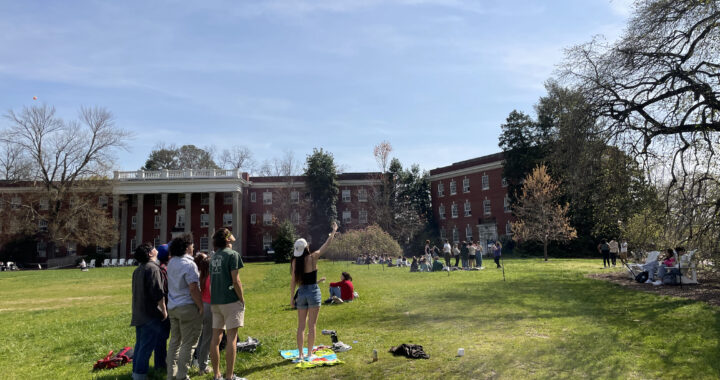'Gran Torino' Drives Message Home
3 min readBy Missak Artinian
You learn a lot about people based on what they do and what they look like at a funeral. The opening scene in “Gran Torino” tells us a lot about Walt Kawalski and modern society at large.
What it tells us about society is that it’s so over-saturated with technology that even Kawalski’s granddaughter finds it more fitting to text her friends than to at least pretend to mourn her own grandmother’s death. It tells us that society is so fixated on numbers and business that Kawalski’s two sons have grown numb to the tragedy of their mother’s death, and find it more appropriate to mock their father by observing that “the man’s still living in the 50s” without so much as shedding a tear.
What the opening scene tells us about Kawalski (you better call him Mr. Kawalski) is that you really don’t want to mess with the man. The way he scowls and stutters tells us he’s holding back what he really wants to say, or worse, what he really wants to do. “Gran Torino” stars Clint Eastwood, who portrays Mr. Kawalski as what we’ve come to expect from his career’s performances: badass.
As a retired Detroit autoworker, Kawalski is ashamed that his two sons sell Japanese cars, for what he sees as good reason: he’s a Korean War Veteran. It doesn’t matter that Japan isn’t the same as Korea. They’re all “chinks” to him. When a Hmong (an ethnic group native to Southeast Asia) family moves next door to Walt, things start to get interesting.
Kawalski oftentimes sits on his porch, beer in hand, observing a familiar world filled with unfamiliar people. He spits when he sees something he disapproves of, like the old Hmong lady next door. She spits back a bigger, nastier wad of mucus. Perhaps the observation made by Kawalski’s son in the opening scene was accurate. Things have changed since 1950. Walt, apparently, has not.
The streets of Kawalski’s neighborhood are infested with gangs. Sitting on his porch, Kawalski observes a Hmong gang try to recruit the neighbor’s timid, feminine teenage son, Thao. Kawalski couldn’t care less. Just stay off his lawn and you’ll be fine.
But in order to be accepted into the gang, Thao has to steal Walt’s most prized possession: a 1972 Gran Torino.
It’s predictable that Walt will have to change by the end of the movie. This change can be attributed to Thao’s more sensible sister, Sue. Walt saves her from a bunch of gangsters and spends time with her and even accepts an invitation to visit her home to taste Hmong food. He doesn’t fully assimilate into the culture, per se, but he does come to understand that the “gooks” next door are more than just targets. In fact, by the end of the movie, he loves his neighbors more than he loves his own materialistic, self-absorbed family.
Although Kawalski’s transformation could be seen from a mile away, at least for me, it was the extent to which he changes that took me by surprise. Not only does he make a sacrifice for people that are very different than himself, he does it in a noble and unexpected way when you consider his history as a soldier. And it’s not a sentimental ending by any means. It’s realistic. It’s touching.
I found Kawalski’s transformation a symbol of modern American values. Despite a history rife marred by slavery, ignorance, bigotry, and intolerance, Americans showed the world that they could put their painful past behind them by electing an African-American into the highest office of the nation.
Mr. Kawalski may not be perfect by the end of the movie, but at least he took the time to understand and accept someone different than himself. Perhaps that’s all we could expect from a guy with a history like his. That’s all we can hope for.











